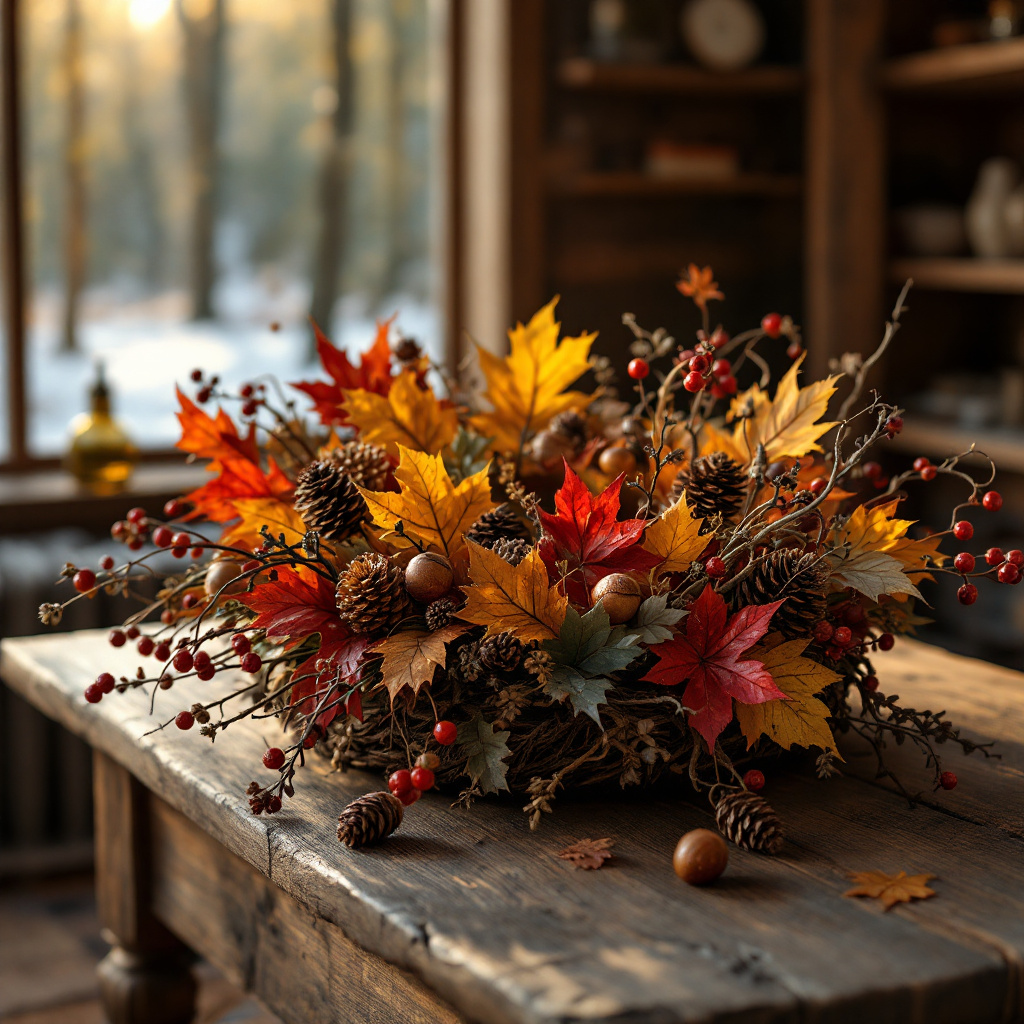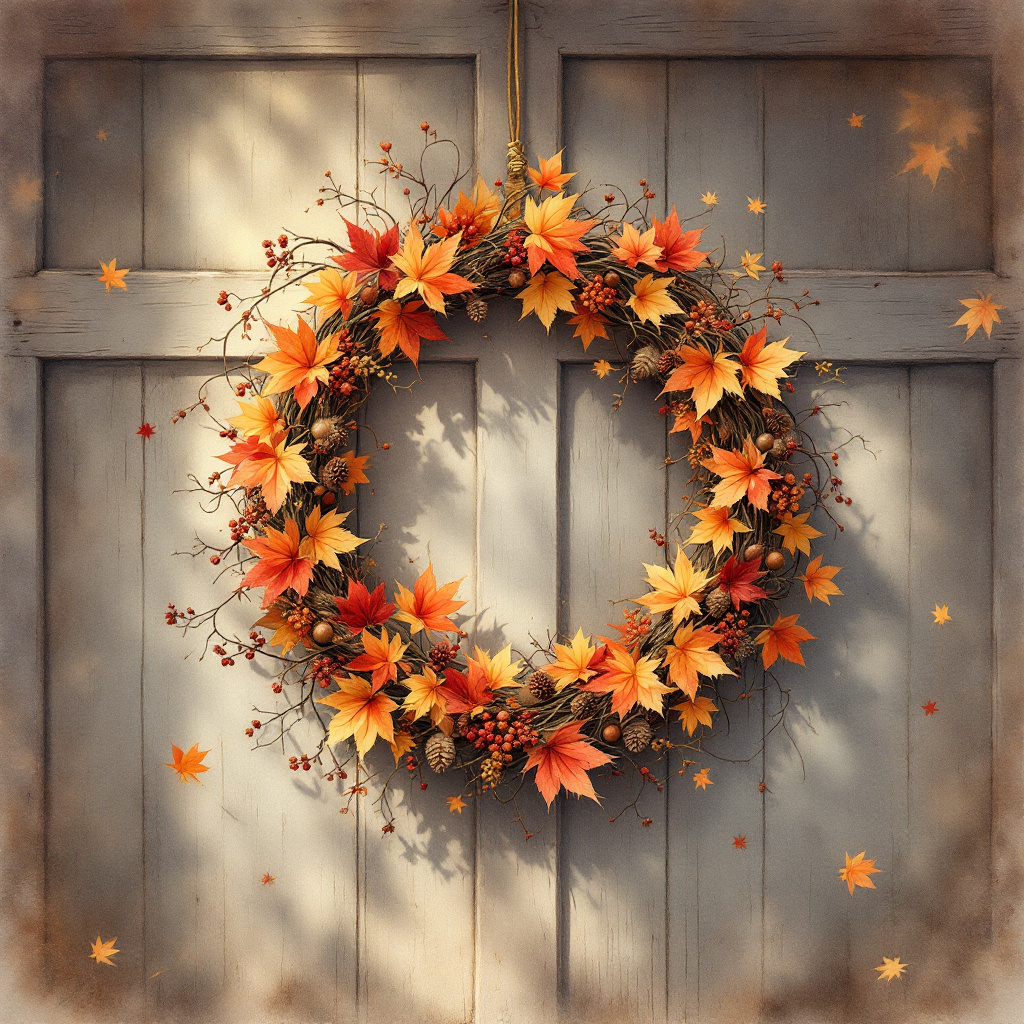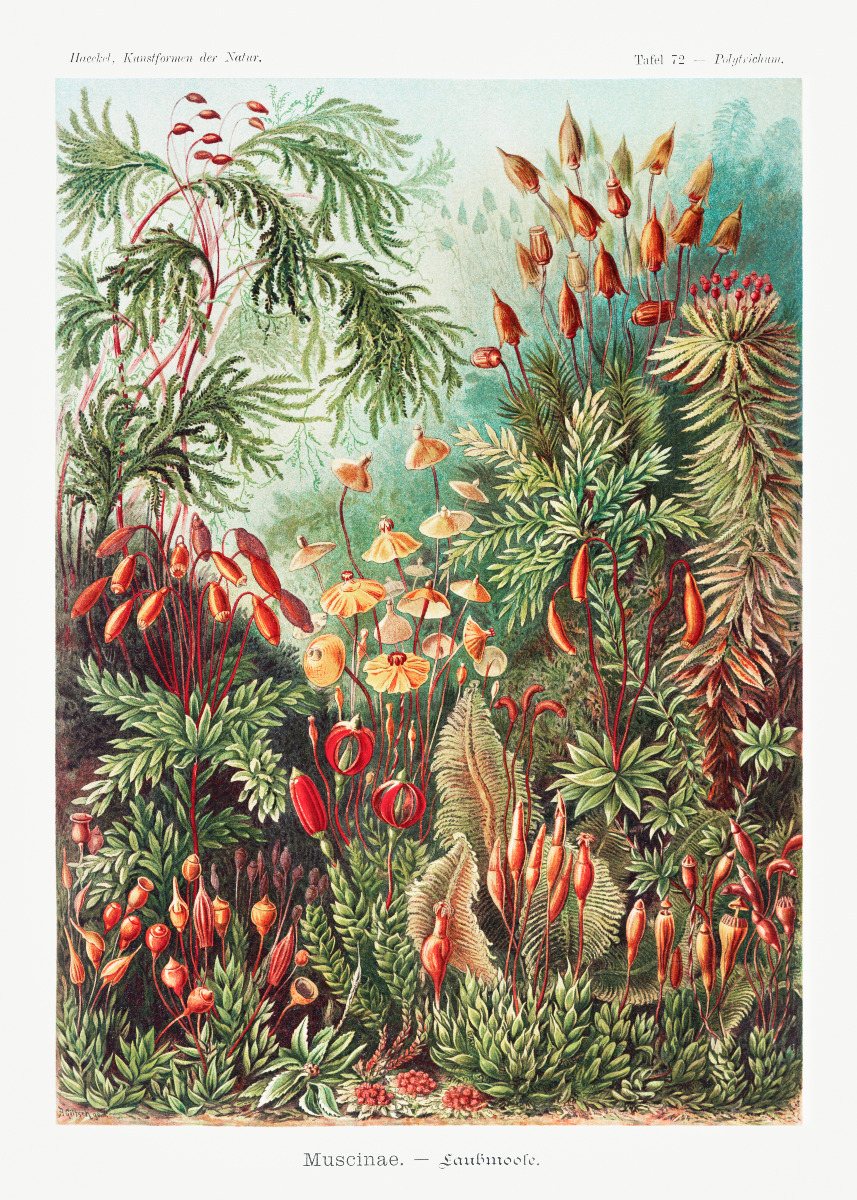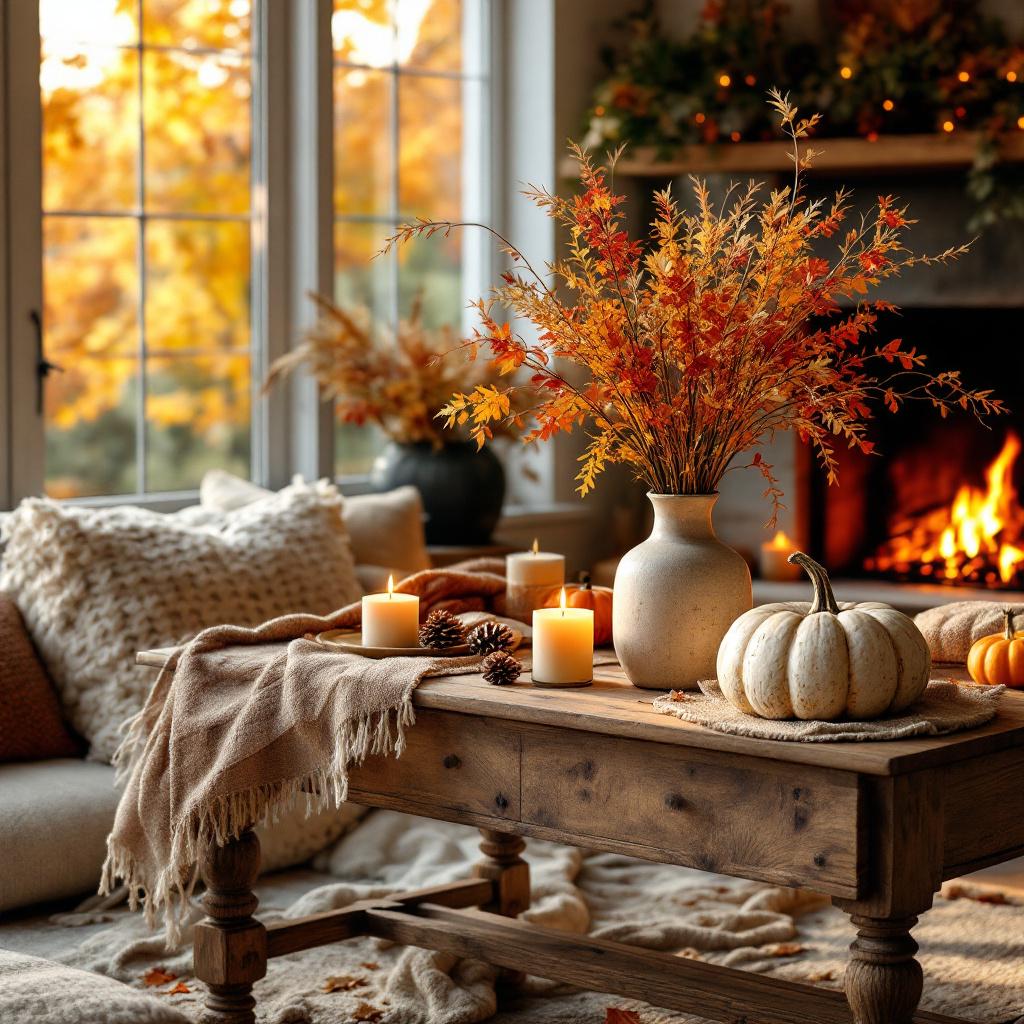7 Powerful Reasons to Declutter Your Home (Benefits for Mind, Focus, and Joy)
Picture a room where every surface is tangled with papers, clothes spill over chairs, and drawers cling shut from too much inside. The air feels heavy and every step reminds you of something forgotten or unfinished. That's what living with too much clutter can feel like, a storm cloud hanging low over your daily life.
Decluttering is the simple act of sorting through your things and keeping only what truly adds value—what sparks joy or serves a real purpose. It isn't just about throwing things out, but about creating a home that supports the way you want to feel. The benefits of decluttering go beyond the clean lines and open spaces you see in magazines.
After years of ignoring piles and pushing off decisions, my own apartment started to feel smaller and heavier. One evening, feeling drained and frustrated, I cleared my kitchen table for the first time in months. It was a small win, but the next morning, breakfast felt brighter and my mood lighter. Piece by piece, I noticed less stress, more energy, and room to focus on what matters. Clutter was more than just stuff—it trapped my time and energy. Reclaiming space brought relief, and a surprising sense of freedom.
The benefits of decluttering reach deep: less stress, sharper focus, higher energy, and emotional freedom you can feel. Up next, learn how clearing your space directly soothes your mind and lightens your daily stress.
Ease Your Mind by Cutting Down Stress
Messy spaces do more than crowd your rooms; they crowd your mind. When clutter builds up, it feels like a constant buzz in the background—a pressure you can't shake off. Let’s take a closer look at how reducing clutter can calm both your home and your thoughts.
Clutter's Hidden Toll on Daily Calm
Clutter acts like an alarm bell that never turns off. Your brain reads every pile, stray sock, and stack of papers as an unfinished task. This triggers stress signals, causing spikes in cortisol, the hormone linked to feeling on edge. Studies point out that these constant reminders can leave you feeling tired and overwhelmed at home.
A recent article in Psychology Today describes how clutter in the house can boost cortisol levels, especially for parents and caregivers. When your eyes land on scattered toys or crowded countertops, your mind may feel foggy and restless. The weight of decisions—keep or toss, sort or shove in a drawer—can drain your energy without you realizing it.
Imagine sorting through old mail or finally clearing that overflowing drawer. With every piece you toss or put away, it’s like letting the sun break through mental clouds. The mind grows clearer as the mess shrinks. Parents, especially, feel the strain more—walking into a room littered with blocks and stuffed animals after work is almost like stepping into a storm. Does a cluttered kitchen ever make you feel like giving up on dinner? That’s your brain working overtime.
Find Peace Through Simple Order
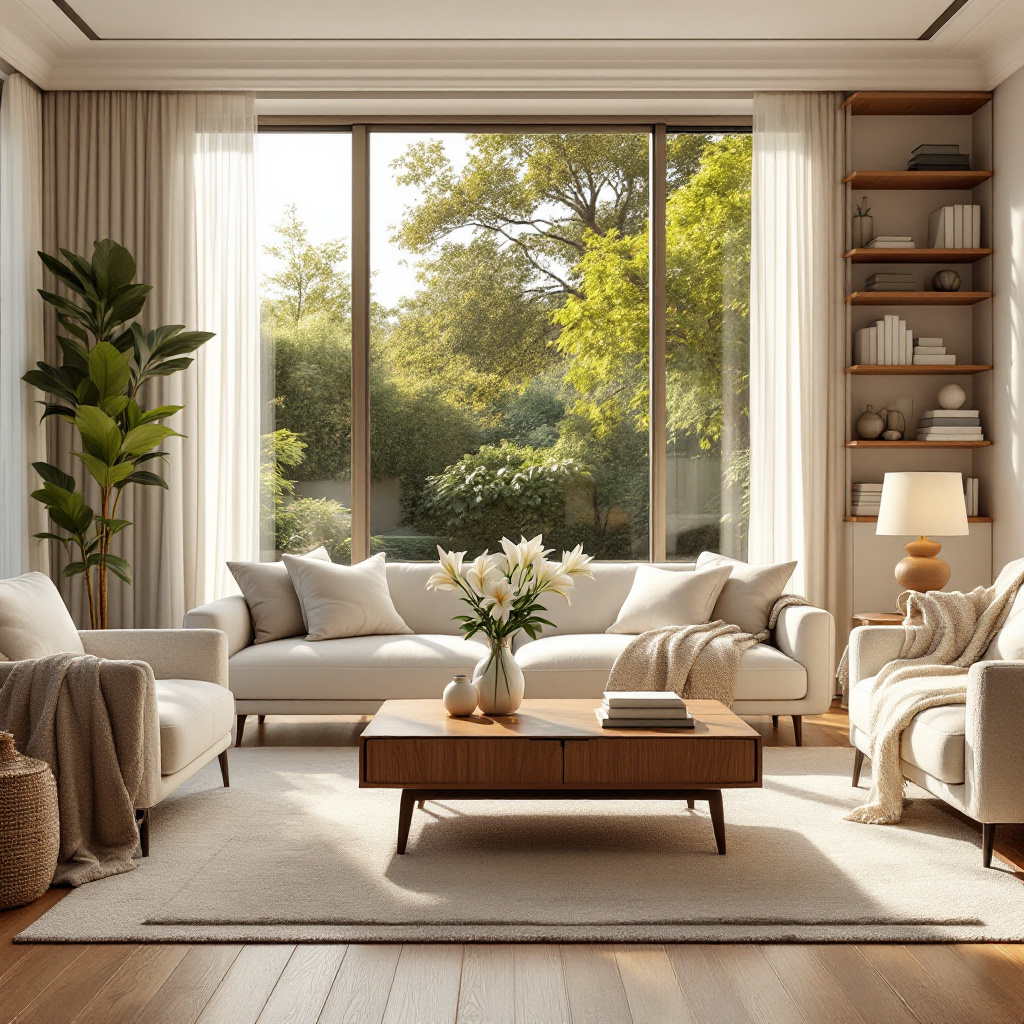 |
Decluttering offers more than just a neater shelf. It gives a rush of accomplishment, like you’re reclaiming your space from chaos. Walking into a room that’s picked up and peaceful feels like drawing a fresh, deep breath. Research has found that cleaner spaces help limit distractions, reduce irritability, and even improve your mood. Organizing one area—like your nightstand—makes it easier to fall asleep. Your bedroom no longer feels like a list of chores waiting for you.
Starting small pays off. Pick just one drawer or surface, set a timer for ten minutes, and celebrate the instant reward. Every little bit returned to order restores control and gives your mind room to breathe. Over time, these steps lead to long-term calm, letting relaxation replace worry as your new routine.
If you need more evidence, consider the findings in this Psychology Today article, which explains that organized spaces help your brain focus and rest. A tidy home acts as a silent signal that it’s safe to relax.
Quick Tips for Building Calm:
- Begin with one small area—like a junk drawer or nightstand.
- Give yourself short, timed sessions so you don’t feel overwhelmed.
- Enjoy the satisfaction after each step, no matter how small.
Taking back control over your space, even if it starts with a single drawer, brings lasting peace. Each tidy patch is a promise of calm in your busy day.
Sharpen Focus and Lift Your Productivity
Clear space leads to clear energy and results. When clutter moves out of your line of sight, your thoughts stop scattering like leaves in a storm. Sharpening your focus and boosting daily productivity starts with reclaiming your workspace and daily routines. Here’s how decluttering helps you get things done with less effort and more joy.
Clear Space Sparks Clear Thinking
Imagine trying to read a book in a hurricane—papers flying, pens rolling, reminders hidden under the mess. That’s what a cluttered desk can do to your mind. Visual mess drains attention, leaving your brain grasping at stray thoughts. According to Nuvance Health, clutter can overwhelm your mind, sap your energy, and even disrupt sleep. When your workspace is clean, your thinking feels lighter and quicker, letting sparks of creativity fly.
A friend who writes for a living spent months stalled on a project. Her ideas felt stuck. One afternoon, after finally sorting through heaps of books and old drafts, her shelves cleared and her thoughts followed. With the distractions gone, her words flowed and a major writing block disappeared. Clean space became her breakthrough.
Research confirms that a tidy area helps your brain process information faster. When you clear your study or project spot, background noise drops away. Decisions come easier, and you stay in the zone longer. Start small: clear a tabletop or one bookshelf. Set a timer for ten minutes. The clarity you gain is worth far more than the time you spend.
Quick wins to spark focus:
- Put away loose papers and group by current or future use
- Assign homes to pens, chargers, or sticky notes near your workspace
- Schedule mini “reset” breaks to keep surfaces open
A calm, organized desk becomes a launchpad for your best work.
Save Time and Build Daily Flow
Order and flow love each other. When your things are easy to find, mornings lose their rush. A neat closet makes quick work of getting dressed; an organized kitchen lets coffee happen without hunting for mugs or spoons. Organization coaches agree: finding what you need quickly saves time, lowers frustration, and puts energy back in your step. You finish tasks with less friction and have more minutes for what matters.
Picture this: You wake up, your keys are on their hook, and your outfit is ready in seconds. There’s no digging, no stalling—just smooth motion from one part of your day to the next. This rhythm is daily “flow,” a state where steps follow each other without roadblocks.
Create this rhythm with a simple trick: group similar items together.
- Place all study tools in one bin near your desk
- Store workout clothes with shoes and headphones in a single dresser drawer
- Use baskets or labels for kitchen tools, so every utensil is always where you expect
Guidance from productivity experts and studies highlighted by Psychology Today show that organized spaces cut irritability and help you finish jobs faster. Everything you own supports your progress, instead of slowing you down.
As your routines become smoother and your energy rises, you’ll find more free time for family, fun, or the quiet cup of coffee you deserve. When you declutter for productivity, you unlock not only more hours in your day but a lighter, more upbeat mood to go with it.
Free Your Heart and Home for Joy
A tidy home can be a haven for joy, peace, and self-care. The act of letting go of extra belongings does more than free up space—it opens the doors to new experiences, better mood, and stronger relationships. It can be the key to discovering the emotional benefits of decluttering as you release what's holding you back and invite in what truly lifts you up.
Let Go of Past Weights
Letting go of sentimental clutter may sound tough, but the freedom it brings is worth every step. Holding on to gifts from past friends, faded letters, or broken keepsakes often ties us to memories that belong to a different time. These items may trigger regret or pain every time you see them, hanging heavy in the corners of your home and your heart.
Research shows that donating unused items can bring emotional relief. When you let go, you honor old memories, but you also choose space for new joys. You can hold on to the meaning by snapping photos of treasured pieces, then passing them along where they will be used and valued. Imagine flipping through a digital album—memories intact, but your shelves now clear and inviting.
Picture your living room glowing with light, ready for laughter and good company. Every cleared shelf or drawer gives you back not just physical space but mental and emotional energy. Studies have found a real link between decluttering and personal growth; people who release sentimental clutter often feel lighter, more open, and ready for the next chapter (The Emotional Benefits of De-Cluttering). Your home can become a stage for new, happy moments instead of a museum of sorrows.
Craft a Welcoming Haven
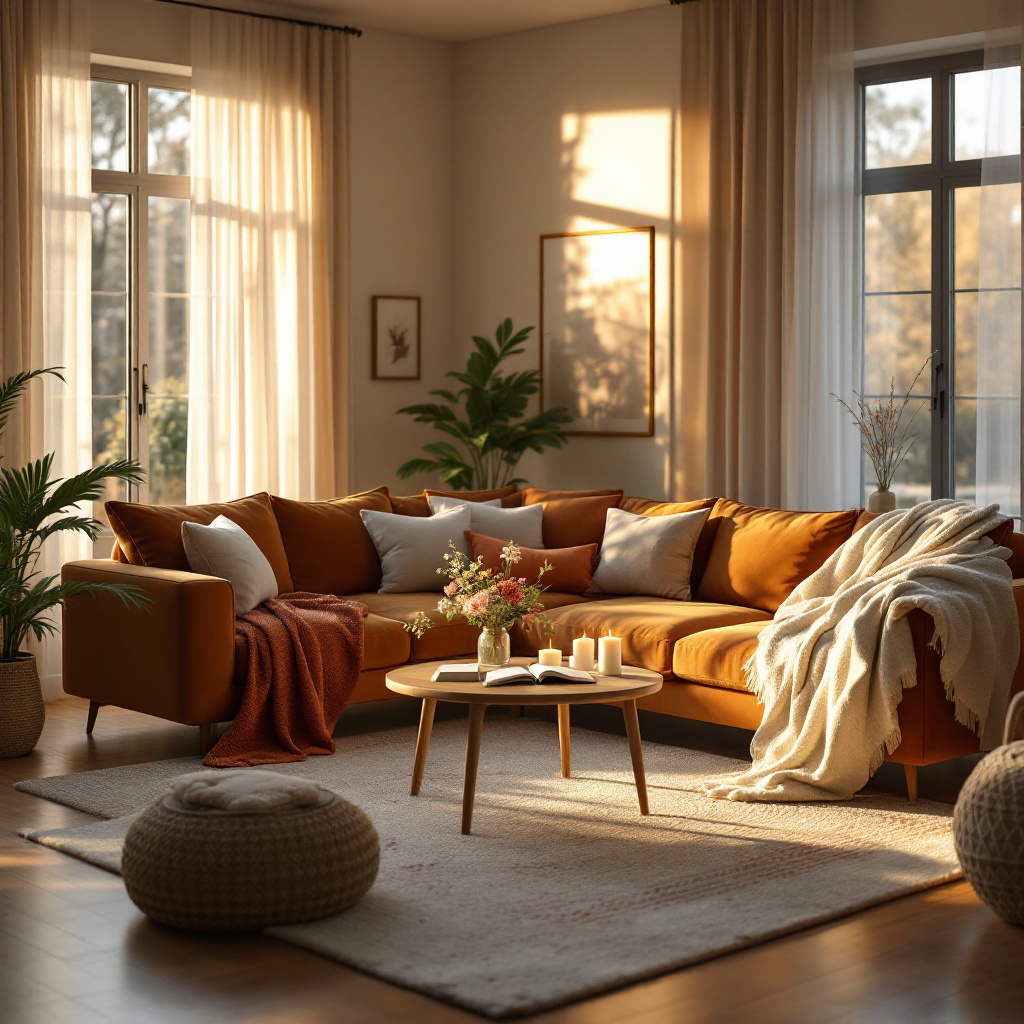
A decluttered space feels more inviting, personal, and warm. When you clear out what you do not need, your home feels like it finally belongs to you—not your past, not expectations, just you and the people you care about. This shift can boost your sense of well-being and make it easier to nurture your relationships. A study highlighted in The Many Mental Benefits of Decluttering shows that peaceful, organized spaces promote positive emotions and deeper connection with others.
On a practical level, a tidy home collects less dust, which makes cleaning simpler and quicker. You spend less time searching and sorting, and more time enjoying your favorite activities or relaxing after a long day. Imagine greeting unexpected guests without panic—your living room, with clear surfaces and open seating, says “welcome” without the frantic rush to hide clutter.
Simple habits—like keeping a basket for keys near the door or adopting a gentle, daily tidy-up—can transform the way your home feels. Your space becomes a place of comfort and pride, ready for spontaneous laughter or quiet reflection.
Prompt to try:
Close your eyes and imagine welcoming friends into a bright, open room. Listen for the laughter, feel the ease in your shoulders, and notice how your home invites connection.
Letting go is a gift you give yourself—a home with more room for joy, love, and genuine rest.
Conclusion
Clearing out clutter brings relief you can feel. Stress drops. Focus is sharper. Joy comes more easily. Each small step you take, even if it’s just emptying one drawer, leads to a lighter, brighter home and a mind with fewer weights to carry.
Change starts right now. Choose a single spot—maybe your desk or entry table—and let it be your first win. Once you see the difference, bigger shifts follow on their own. Fewer piles mean less to clean and more time to do what you love. When your space supports your life, your days fill with more ease and spirit.
Decluttering is not just a task, but a gift to yourself. Today is the best day to begin, and every item you release is another reason to feel proud. Trust that as you clear space, lasting peace and energy come in to stay.
Thank you for reading and caring for your space. Share your first step or favorite outcome below—let’s build new habits together. For even more on reasons to declutter now, watch for fresh tips and real stories in future posts.


